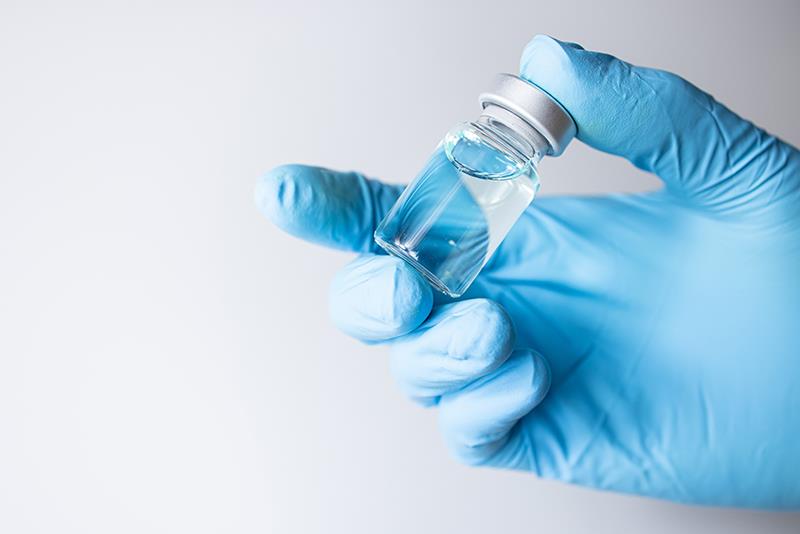Novel RSV vaccine safe to use in solid organ transplant recipients





Two doses of mRNA-1345 respiratory syncytial virus (RSV) vaccine 50 µg administered 56 days apart do not yield any safety concerns and are well-tolerated among solid organ transplant recipients (SOTRs), according to a study presented at IDWeek 2025.
"A single dose was immunogenic across all SOTR groups, and a second dose boosted responses, especially in kidney SOTRs, lung SOTRs, those <2 years post-transplant, or on mycophenolate mofetil (MMF),” said lead author Dr Erick F Mayer, director of clinical development at Moderna, Cambridge, Massachusetts, US. “Therefore, mRNA-1345 is likely to be effective in this vulnerable population.”
Mayer and his team conducted an open-label phase III trial to assess two mRNA-1345 50-µg doses, 56 days apart, in adults aged ≥18 years with liver, kidney, or lung transplant ≥180 days prior to the study.
Safety, tolerability, and immunogenicity assessed by RSV-A and -B neutralizing antibodies (nAbs) were the primary endpoints. Geometric mean titers (GMTs) were measured on day 29.
A total of 150 SOTRs (52 liver, 50 kidney, and 48 lung transplant recipients) were included in the analysis. Of these, 146 (median age 57 years, 37.3 percent female) received both mRNA-1345 doses, with a median dose 1 follow-up of 223 days. [IDWeek 2025, abstract 223]
Furthermore, 26.7 percent of participants received single organ transplants <2 years prior to the study. The majority of SOTRs (80.6 percent) were treated with concomitant tacrolimus, MMF, and steroids.
Solicited adverse reactions (SARs) within 7 days were comparable following administration of two doses (local: 74.0 percent vs 77.4 percent; systemic: 64.0 percent vs 64.4 percent). Moreover, there were no reports of grade 4 local SARs, adverse events (AEs) leading to study or vaccine discontinuation, deaths, or AEs of special interest.
“The reactogenicity profile observed in SOTRs was consistent with the known profile of mRNA-1345,” Mayer said. “No safety concerns identified.”
Immunogenicity
A month after administration of the first dose, RSV-A nAbs increased 4.9-fold from baseline. After the second dose, this rose 7.1 times from baseline. On the other hand, RSV-B nAbs response showed 3.4- and 5.2-fold increases from baseline after doses 1 and 2, respectively.
“A single 50-μg dose of mRNA-1345 was immunogenic in all solid organ transplant types, with measurable increases in RSV-A and RSV-B nAb GMTs by day 29,” Mayer said. “Responses were durable through day 181, with geometric mean fold rises remaining above baseline for both RSV-A and RSV-B, consistent across all transplant types,”
Titers achieved differed according to the type of solid organ transplant. Titers for liver SOTRs after the first dose were similar to those seen in non-immunocompromised adults in the pivotal efficacy trial.
In addition, lower GMTs were noted in kidney and lung SOTRs, SOTRs <2 years after transplant, and those on MMF. However, GMTs increased following the second dose.
“The nAb GMT increase after the second dose of vaccine was more apparent in kidney and lung transplant recipients, in those within 2 years of transplant, and in participants receiving MMF,” Mayer said. “mRNA-1345 elicited durable, Th1-focused, and polyfunctional CD4+ T-cell responses in adult SOTRs, persisting through 6 months post-vaccination.”